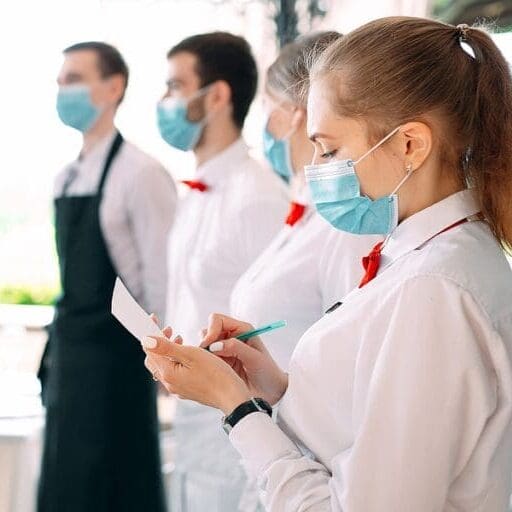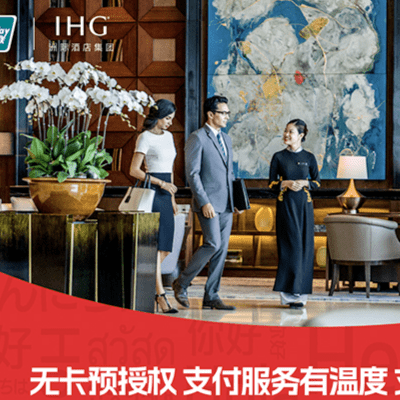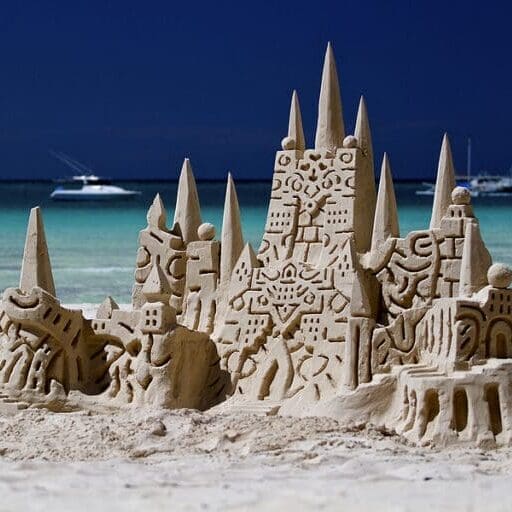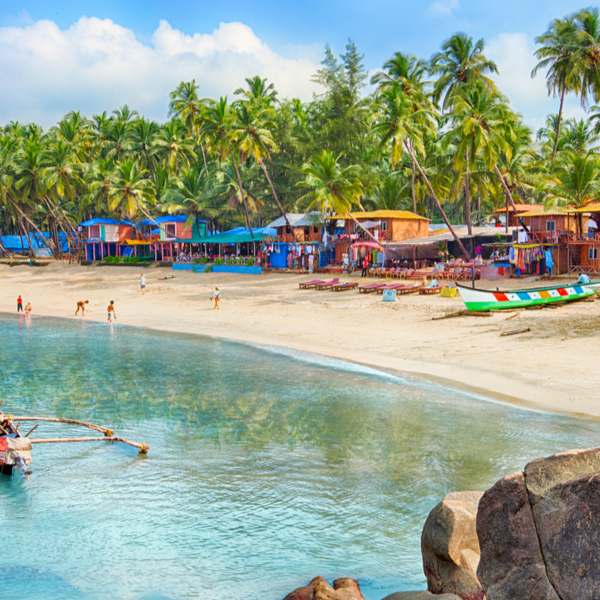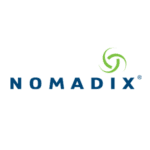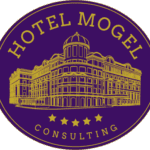 To comprehend the wonderful phenomenon that we call ‘life’, the most basic condition that needs to be met is a healthy mind and body, which a lot us currently take for granted.
To comprehend the wonderful phenomenon that we call ‘life’, the most basic condition that needs to be met is a healthy mind and body, which a lot us currently take for granted.
As bodies fall one by one, the bloodlust of the COVID-19 pandemic is a grim reminder to mankind as to how fragile our existence is. From the Justinian Plague of 541 A.D to The Black Death of 1350, the First Cholera Pandemic of 1817 to the Spanish Flu of 1918 we have come a long way. Announced officially as a pandemic by the World Health Organization on 11th March 2020, the COVID-19 outbreak, and the new normal hereafter, has had enough said about it. While this isn’t the first time that we find ourselves in this situation, it is a first for a generation which boasts of advanced medical sciences and longer life spans.
Mankind is realizing that healthier and better living conditions need to be a focus going forward. The World Health Organization defines ‘Wellness’ as a state of complete physical, mental, and social well-being. And naturally, wellness tourists put their health and well-being at the core of their travel experience. The demand for establishments that can cater to such needs will only grow as we emerge into the new normal and as the middle class, especially in Asian markets, expands.
The Wellness Economy which is currently estimated at around US$4.5 trillion is expected to boom post-COVID-19. Comprising of various components such as Wellness Tourism, Wellness Real Estate, Workplace Wellness, Spas, etc., that together form an ecosystem, wellness will enable us to lead a healthy lifestyle ensuring wellbeing for our mind and body. As this consciousness of the need for wellness and healthy living becomes integrated into our daily lives, the wellness sector will have to expand and work on its already existing offerings of goods and services to accommodate growing demand in times to come.
The global Wellness Tourism sector was valued at US$639 billion by the Global Wellness Institute (GWI) in the year 2017 where the Asia-Pacific region alone accounted for US$137 billion of the total tourist expenditures. India ranked seventh in the top wellness tourism destinations in 2017 contributing US$16 billion to the total tourist expenditures. From a yield perspective, earning potential for wellness tourism is on the higher side as an international/domestic wellness tourist spends ~1.5 to ~2 times higher as compared to an average international/domestic tourist.
A small yet important component of the Wellness Economy that faces multi-pronged changes post COVID-19 is the Spa Industry. As of 2017, the GWI estimated the global spa economy to amount to US$93.6 billion (excluding hotels and resorts) to which the Asia-Pacific region contributed ~28%. In the same year India secured the 10th position in the top twenty spa markets globally with revenues amounting to US$2.13 billion. Having said that, with increasing demand for spa facilities at hotels and resorts, the global spa economy reached ~US$119 billion in the same year, which is almost 3% of the global wellness economy.
Amidst fear to an extent never seen before in our lifetimes, heavy restrictions on travel and movement, social-distancing norms and mass-hysteria stemming from the contagiousness of the SARS-CoV-2 virus, the global Spa industry finds itself perched precariously on the edge of a cliff. A ray of hope for the industry is that the very virus that is causing consumers to steer clear of spas is on the other hand driving them towards a healthy and wellness-oriented lifestyle. Therefore, in order to stabilise, the spa industry that relies heavily on human contact will need to reinvent itself by a high degree.
In the medium to long term, one outcome of the COVID-19 outbreak that will take centre stage will be the changing age demographic in the consumer base for the wellness industry including spas, whether stand alone or at hotels and resorts. From the current risk-averse, upwards of 38 years of age spa user the new target audience for spas and other wellness offerings will probably range from 28 to 30 years of age and older. This shift in age demographic is primarily a result of risk-aversion setting in at younger ages as well as a greater consciousness of holistic health and lifestyle in these age groups.
We foresee the following adaptations in the Spa industry becoming essential over the coming two to three years:
Hygiene and sanitation
The physicality of the spas and wellness facilities will have to be relooked at to earn the trust of the clientele during and post COVID-19. Sanitizers will become the new tabletop centerpiece and face masks and gloves will be in use by all staff, probably more than to our liking but certainly as a necessity. Personal hygiene checks of the staff will be of utmost importance as this will distinguish the better spa facilities from the rest. These checks may include regular monitoring of body temperature, doctor’s certification of health, etc. The quality of water and air-conditioning purification and circulation systems will have to be top-notch to ensure that customers are at ease.
Digitization
As the age demographic decreases, the ‘tech-savviness of the target consumer increases. The current lull in business is the perfect opportunity for spas to digitize and ramp up their platforms. Developing apps would be beneficial to reach the masses and digital marketing will be more important than ever before. Sending out a message to consumers, new and old, about the hygiene levels maintained and safety measures in place is what will differentiate the good spas from others. Going paperless is also advisable therefore, nascent QR based menus and offerings at the spas will need to be explored.
Focus on mental well-being
The wellness industry is bound to get overwhelmed with the rise of cases in depression, sleep disorder, stress, and poor mental health during and post COVID-19. Spas can explore services relating to and focusing on mental well-being. Online consultation sessions are a great way to start that can gradually transition to online therapy and masterclasses which, are already in practice to an extent by companies such as Mindvalley and Mindhouse.
Pricing/promotion strategy
It is inevitable that cash-flows will be more or less constrained due to social distancing norms and restrictions imposed by the government in order to check the spread of COVID-19. To secure some revenue in the current situation, standalone spas may offer promotions for massages and treatments in the form of vouchers or gift cards at reasonable discounts. These vouchers/gift cards may be redeemable over the next 8 to 12 months with the condition that they are purchased now. Hotels and resorts could offer spa vouchers bundled the room rate to promote the spa in the longer run. It may also be advisable to come up with enticing offerings such as upgrade vouchers extending a 60-minute treatment to 90 minutes.
Diversification
An important aspect, that the COVID-19 outbreak has drawn our attention to, is the importance of holistic well-being with the emphasis on the human immune system. The science of ‘Ayurveda’, with its roots buried deep in India, was named by coining the words ‘Ayur’, meaning life, and ‘Veda’, meaning knowledge, together. It deals with traditional medical rituals relating to health, day to day life, and longevity by combining three components of our lives – diet, yogic breathing, and herbal treatment. Spas have already incorporated Ayurvedic treatments to some extent however, now the specific demand for nutrition to boost the immune system will be at its peak. Spas should consider diversifying into Ayurvedic nutrition and lifestyle aspects offering consultation and services related to dietary considerations and other daily activities to help bring balance in the lives of their consumers.
New target markets
For some time to come, one’s own family vehicle will be considered as the safest mode of transportation. As only unavoidable travel, both domestic and international, will begin post lockdowns, wellness/spa destinations in close vicinities of major cities that are accessible by drive will be considered as the most convenient and safest recreation havens for guests. Spa establishments, whether stand-alone or at a hotel or resort, will have to target either local customers or those living within motorable distances for the short-term at least. While this may not be sustainable in the long term, extra emphasis must be in place to capture clientele from this target market immediately after the lockdown in order to weather the storm.
In conclusion, although many businesses will face the wrath of COVID-19 in the short-term and long-term leading to complete closures or temporary discontinuation of services for some, the light at the end of the tunnel shining bright is the human instinct to survive that helps us adapt to and evolve with changing situations during and post-adversities. The human race will come out of this global pandemic stronger, healthier and with a possibly transformative focus on wellness.
About the author
For more information, please contact Sartaj Singh Sahota on sartaj@hotelivate.com







